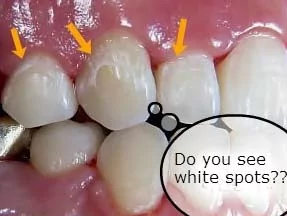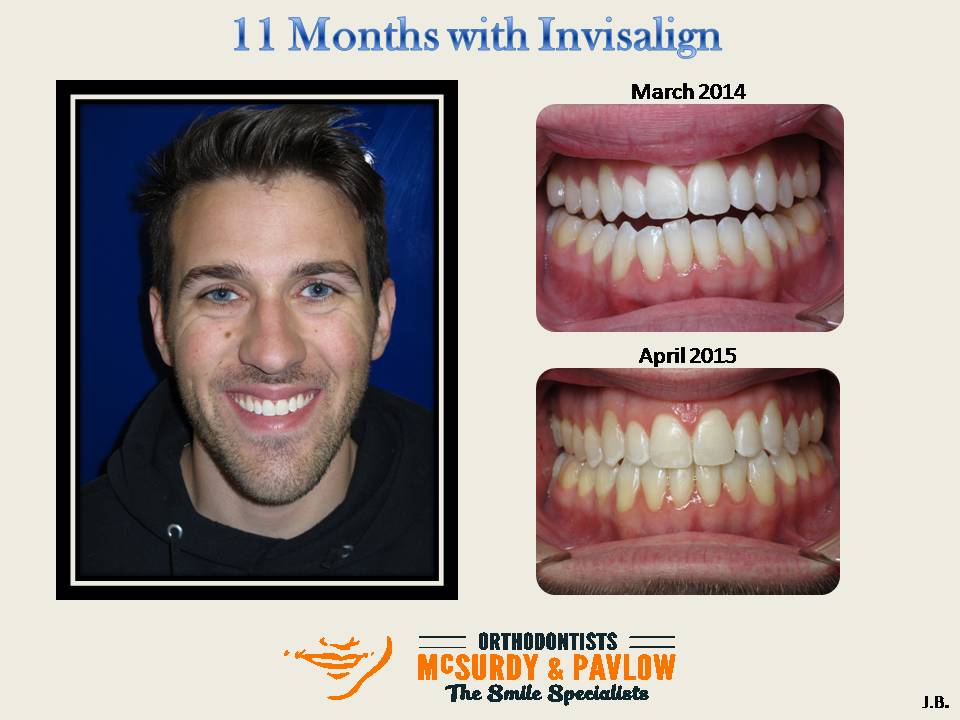What’s In That Drink? You probably already know that soda is chock full of sugar, but did you know that it’s also highly acidic? For reference, stomach acid, one of the strongest acids, has a pH of 1.5, whereas water is neutral at a pH of 7. Sodas generally range in acidity from a pH of 2-4. The strong acidity from citric and phosphoric acids is actually the reason for all the sugar—without it, soda would be too sour to drink! Effects On Teeth The sugar and acid in soda launch a two-pronged attack on your oral health. Sugar is bacteria’s favorite food, so you’re giving the bacteria in your mouth a feast when you drink anything full of sugar, which allows them to reproduce faster. You’ll end up with bad breath and a higher risk of cavities as a result. As for the acid, the protective enamel coating your teeth…
collegeville
What is a Decalcification and Could you be Susceptible?

You may not realize it, but consuming carbonated beverages, fruit juice, and highly acidic foods every day can be harmful to your teeth! Acidic foods and drinks can create an oral acid imbalance, which over time can cause your teeth can lose minerals and strength. The acid in the foods we eat and drink pull the minerals, calcium and phosphate from tooth structure. The loss of calcium and phosphate from your teeth is called decalcification. The consumption of highly acidic food and drinks in combination with the accumulation of plaque (a sticky, colorless film of bacteria) on the teeth can make a person highly susceptible to decalcifications. Sometimes referred to as white spot lesions, decalcifications have a chalky-white appearance and can cause sensitivity as well as make teeth more prone to tooth decay. How to Prevent Decalcifications? Practice good oral hygiene by brushing at least 2 x per day and…
NEW TO BRACES? Here’s a list of foods you should avoid!
Sticky candy (caramel, sugar bubble gum, laffy taffy, etc) Beef jerky / slim Jims Raw vegetables such as carrots should be broken into tiny bite size pieces Hard pizza crust Nuts Hard pretzels Hard rolls (bagels should be broken down into tiny pieces) POPCORN Ribs & Wings (meat should be taken off the bone with either a fork or your fingers) Ice Doritos, tacos, hard chips (ok in small amounts but broken down into tiny pieces) Eating the above foods or any like foods will break and loosen both wires and brackets. Broken appliances result in longer treatment time! REMEMBER that we give extra points to patients for not having anything loose or broken when they come in for their regular scheduled appointments. If you have any questions about a particular food, feel free to call the office or ask us a question on our Facebook page. We also have…
Invisalign is an option for YOU!

Orthodontics has improved dramatically since the mid-eighties when I first became certified as an orthodontist. Braces are engineered to be more esthetic as well as well as more “patient-friendly.” They are easier to brush and keep clean, as well as healthier for the teeth and gums. Arch-wires also make the orthodontic experience more comfortable and efficient. They deliver lighter forces more continuously than in the past. This enables patients to finish treatment faster with fewer patient visits to the office. Since 1999, Invisalign has dramatically improved the orthodontic experience. Clear removable plastic aligners are worn in sequence to achieve orthodontic treatment goals. They must be constantly worn 20 – 24 hours per day to gain results akin to what achieve with braces. Additionally, they work best with full adult dentition which limits its use to adults and teenagers. We ask all prospective Invisalign patients to “know thyself” and envision whether…
All Invisalign Practices are NOT Created Equally

In today’s world, it is easy to be uniformed or even misinformed. It is easy to become Invisalign certified, and not become an expert in treatment with Invisalign. Invisalign is a treatment tool in orthodontics, just like braces, retainers and expanders. To become an expert with any of the above treatment tools, it requires excellent diagnostic skills, innovation and good problem solving abilities. Additionally, clinical experience that is voluminous helps lead to expertise. Dentists who are Invisalign certified are trained to handle simple cases that do not require bite correction. Orthodontists who dabble with Invisalign likewise are not prepared to take on difficult treatments that require significant bite correction. All Invisalign doctors need to gain expertise through experience, beginning with simple cases and gradually improving their skills. So a great question for any practice who offers Invisalign is “How many Invisalign cases have you done?” Personally, I believe that I…
